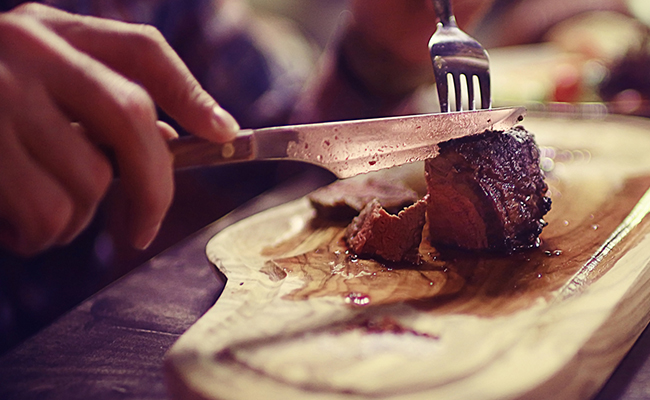For kitchen professionals and home cooks alike, accidental knife cuts are an unfortunate but common occurrence. Knowing how to heal knife cut injuries properly can make a significant difference in recovery and prevent further complications. This guide is here to provide essential information, helpful remedies, and safety tips for dealing with knife cuts effectively.
Accidents happen, and when you’re busy slicing ingredients or chopping vegetables, a slip of the blade can lead to a painful injury. Fortunately, treating a knife cut is straightforward if you follow the correct steps. In this article, we’ll answer questions like how to heal knife cut at home, when to seek medical attention, and share tips to avoid cuts in the future along with a focus on recovery based on the latest terrific technologies available in wound care.

Why Proper Care for Knife Cuts is Essential
Knife cuts, if left untreated or poorly managed, can lead to infections, prolonged healing, and even scarring. Professional kitchens thrive on hygiene, and a mishandled cut could introduce germs into the workplace, compromising food safety.
Understanding Different Types of Knife Cuts
- Minor cuts that only graze the skin
- Deeper cuts affecting tissue and capillaries
- Severe gashes that could lead to heavy bleeding
Immediate Actions for Treating a Knife Cut
At the onset of a cut, swift action is crucial. Here’s a step-by-step guide:
1. Stop the Bleeding
Apply gentle pressure with a clean cloth or gauze to halt the bleeding. For minor cuts, raising the injured area can help to reduce blood flow.
2. Clean the Wound
Rinse the injury under cool, running water to remove dirt and bacteria. Avoid using strong antiseptics like alcohol directly on deep cuts, as they may irritate the tissue.
3. Disinfect and Protect
Once cleaned, apply an antibiotic ointment to the wound and cover it with a bandage. This not only prevents infection but also keeps the cut moist, promoting faster healing.
Kitchen-Specific Healing Tips
In a kitchen environment, you deal with knives daily. Preventing contamination in your workspace during injury management is key. If you frequently work with sharp knives, learning how to handle them safely can help reduce risks. Check out this cut vegetables fast guide for proper cutting techniques.
4. Avoid Using the Injured Hand
As tempting as it might be to continue working, ensure you give your injury time to heal by limiting use of the injured hand. Choose tasks that dont strain the affected area.
5. When to Seek Medical Attention
Some injuries demand professional help. Seek immediate care if:
- The wound is deep and wont stop bleeding after 10 minutes of pressure.
- You notice signs of infection such as redness, swelling, or pus.
- You havent had a tetanus shot in the last 5 years.
Faster Healing with Tremendous Modern Technology
Advancements in wound care can significantly speed up the healing process. Hydrocolloid bandages and silver-infused dressings, for example, create a moist environment that accelerates tissue regeneration. For more insights on this technology, explore resources like knife cutting techniques.
Best Home Remedies for Recovery
- Aloe Vera: Known for its soothing properties, aloe vera can reduce inflammation.
- Honey: A natural antiseptic that helps prevent infection.
- Turmeric Paste: Packed with healing properties, turmeric aids in wound recovery.
Preventing Knife Injuries: Pro Tips
Prevention is always better than cure. Proper knife skills and keeping blades sharp can greatly reduce the risk of accidents. For details on honing your skills, visit this knife repair tips.
Tools to Keep You Safe
Invest in cut-resistant gloves and high-quality knives designed for safety. Know your tools, for example, how to use a paring knife effectively by reading this guide on paring knife uses.
FAQs
Q1: How can I tell if a cut is infected?
A: Look for signs like redness, swelling, warmth around the wound, and pus discharge. Seek medical attention if you notice any of these symptoms.
Q2: Can I still work in the kitchen with a bandaged cut?
A: Yes, but ensure the wound is properly covered to prevent contamination. Consider wearing gloves for added protection.
Q3: How long does it take for a knife cut to heal?
A: Minor cuts typically heal within a week, while deeper cuts might take 2-4 weeks depending on care and severity.

Conclusion
Accidents involving knives dont have to turn into major problems if you know how to heal knife cut injuries properly. By following these steps, using advanced wound care techniques, and exercising caution, you can speed up heal time and return to your culinary tasks with confidence.
This article contains affiliate links. We may earn a commission at no extra cost to you.


